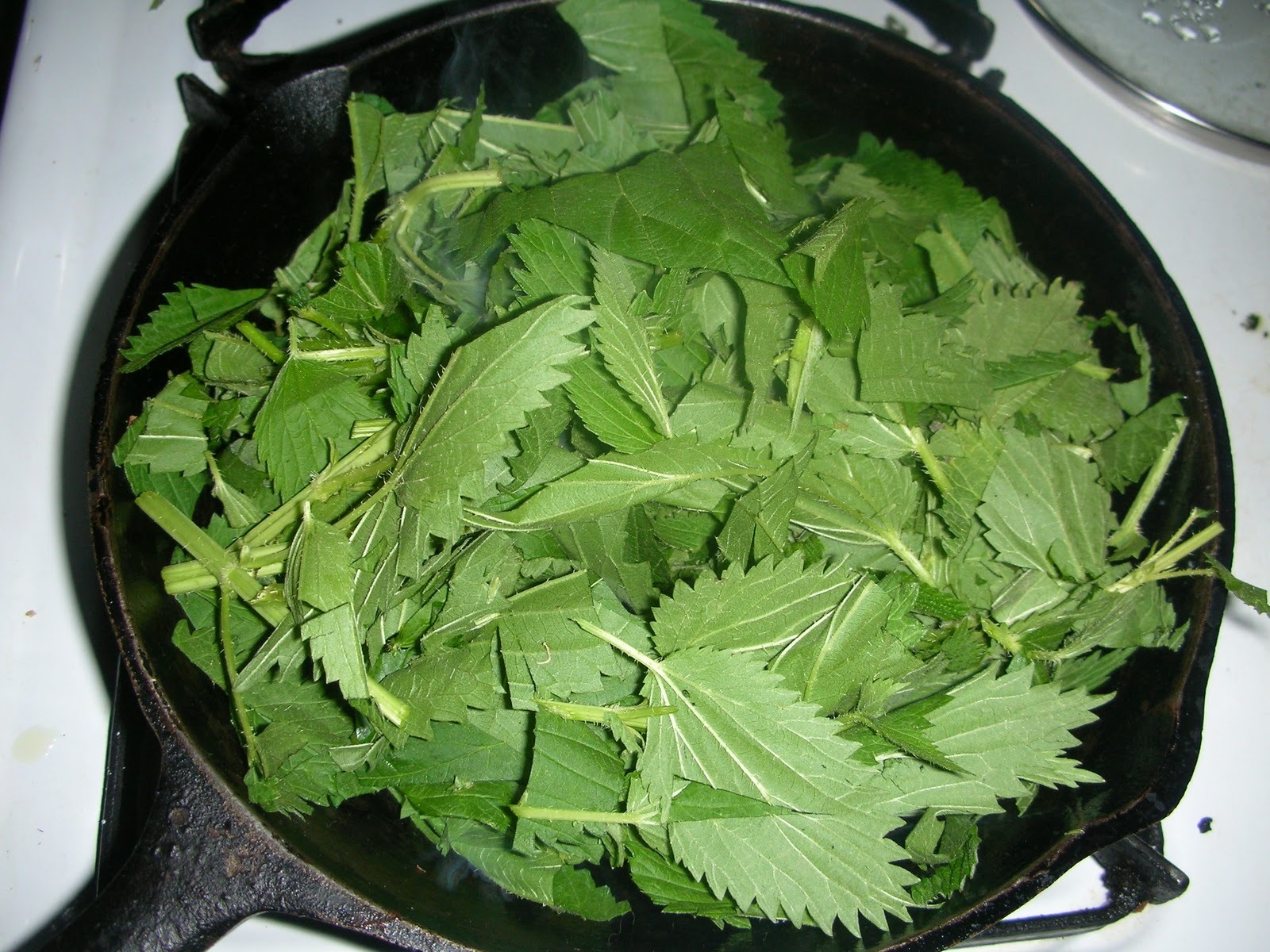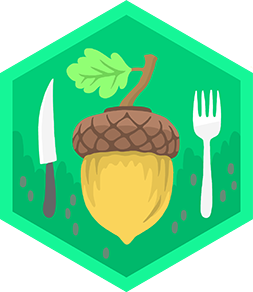Forage for wild greens
Go on a guided walk to identify and safely collect common edible wild greens, then wash and sample a small tasting with adult supervision.



Step-by-step guide to forage for wild greens
Wild Edibles with Sergei Boutenko | Learn How to Forage for 25 Tasty Plants
Step 1
Gather all the Materials Needed and put on comfy shoes for a walk.
Step 2
With your adult, choose a safe nearby spot to forage away from busy roads treated lawns and places pets visit.
Step 3
Use the field guide or plant ID app with your adult to pick two or three local edible plants you will try to find.
Step 4
Ask your adult if you have any known food allergies and get their permission before you taste anything.
Step 5
Walk slowly with your adult along the chosen spot and look carefully for the plants you learned about.
Step 6
When you find a plant, compare every feature to the guide photos and only proceed if it is a perfect match.
Step 7
Gently take only a few young leaves from the plant and place them in the paper bag leaving most of the plant intact.
Step 8
Write the plant name and where you found it on the paper bag with the pen or marker.
Step 9
Wash your hands with soap and water before handling the leaves at home.
Step 10
Rinse the leaves in a bowl of cold water to remove dirt and tiny bugs.
Step 11
Pat the leaves dry with the clean towel or let them air dry on the towel.
Step 12
Put one very small leaf on a clean plate and have the adult taste a tiny piece first and wait 15 minutes while watching for any reaction.
Step 13
If the adult has no reaction, take a tiny bite yourself and wait 15 minutes while the adult watches for any signs of allergy.
Step 14
If there is no reaction after tasting, enjoy a small sample of your wild greens.
Step 15
Share your finished discovery and what you learned on DIY.org.
Final steps
You're almost there! Complete all the steps, bring your creation to life, post it, and conquer the challenge!


Help!?
What can we use instead of a field guide or plant ID app if we can't find one?
If you don't have a field guide or plant ID app for Step 3, print photos from a local library book or use your county extension office's online plant pages to compare while foraging.
What should we do if we're not sure a plant perfectly matches the guide before picking it?
If a plant doesn't perfectly match the guide photos in Step 6, do not pick or taste it and instead take clear photos for your adult to check and consult a second ID source before placing any leaves in the paper bag.
How can we adapt this activity for younger or older children?
For younger kids, make Steps 4–9 a supervised scavenger walk where the adult points out plants and handles bagging, washing, and the first tiny taste, while older kids can independently use the field guide/app, label bags with the pen, and post findings on DIY.org.
How can we extend or personalize the foraging activity after we collect the greens?
Extend the activity by making a nature journal with photos and the pen-labeled paper bags, mapping where each plant was found, and testing a simple sample recipe with the rinsed leaves to share on DIY.org.
Watch videos on how to forage for wild greens
Foraging for Beginners 🌱🍄🌰
Facts about wild edible plants
♻️ Ethical foraging means taking small amounts from many plants, avoiding rare species, and leaving food for wildlife.
🥗 Every part of a dandelion — leaves, flowers, and roots — is edible and full of vitamins.
🌿 People around the world have used thousands of wild plant species as food throughout history.
🔥 Stinging nettles lose their sting when cooked or dried and are high in iron and protein.
🕵️♂️ Some edible greens have poisonous lookalikes, so always ID with an adult and a trusted guidebook before tasting.
How do I lead a guided forage walk for wild edible greens with my child?
What materials and tools do I need to safely forage wild greens with kids?
What ages are suitable for a foraging walk, and how can activities be adapted for different ages?
What safety precautions should parents take when foraging wild greens with children?


One subscription, many ways to play and learn.
Only $6.99 after trial. No credit card required



